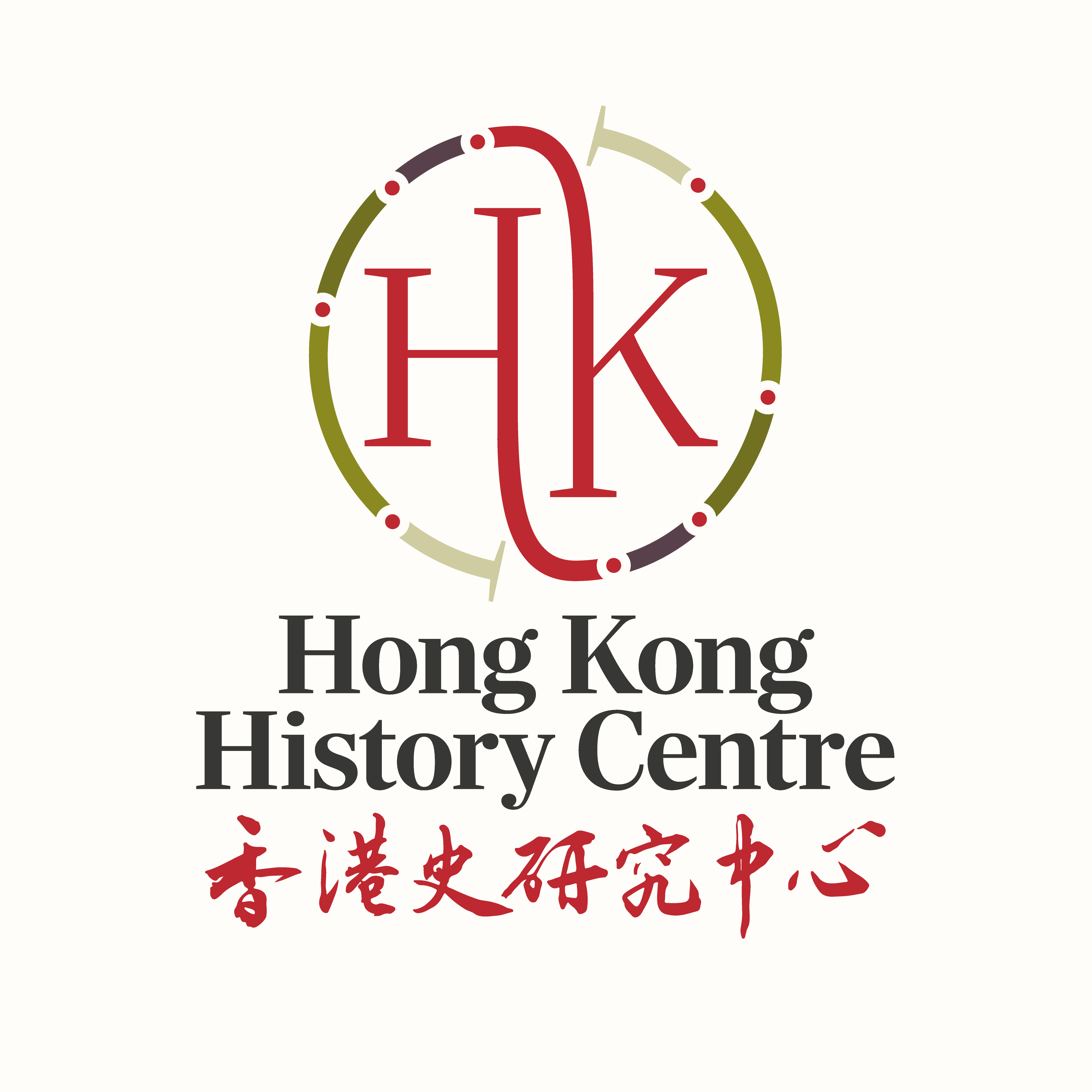
By Vaudine England
I’m still hoping to be proven wrong in claiming that just two serious articles were published in the 20th century on the subject of Eurasians in Hong Kong. The first was Sir Challoner Grenville Alabaster’s ‘Observations on …
20/11/15
By Vaudine England
In my last blog I expressed a hope to be proven wrong in claiming that just two serious articles were published on the subject of Eurasians in Hong Kong in the 20th century. The first was Sir …
13/11/15
By Vaudine England
Just two serious articles were published on the subject of Eurasians in Hong Kong in the 20th century. A bold claim – and one on which I’d be delighted to be proven wrong!
The first came in …
06/11/15
By Vaudine England
Looking at how other colonies’ histories have tackled the topic of Eurasians gives useful clues to how researchers might tackle Hong Kong’s Eurasians.
An early effort looking at South East Asia was Virginia Thompson and Richard Adloff’s …
02/10/15
By Vaudine England
For a place which has so often been so eulogised for being such a marvellous meeting of East and West, the detail of the most intimate connections between east and west is surprisingly uncovered. Fiction has largely …
11/09/15
By Vaudine England
This week (on 3 September) the Chinese government has decreed a special one-off public holiday (and vast military parade) to mark what it calls China’s victory over Japan 70 years ago. As with all anniversaries, a plethora …
03/09/15By Vaudine England
I’m still hoping to be proven wrong in claiming that just two serious articles were published in the 20th century on the subject of Eurasians in Hong Kong. The first was Sir Challoner Grenville Alabaster’s ‘Observations on …
20/11/15
By Vaudine England
In my last blog I expressed a hope to be proven wrong in claiming that just two serious articles were published on the subject of Eurasians in Hong Kong in the 20th century. The first was Sir …
13/11/15
By Vaudine England
Just two serious articles were published on the subject of Eurasians in Hong Kong in the 20th century. A bold claim – and one on which I’d be delighted to be proven wrong!
The first came in …
06/11/15By Vaudine England
Looking at how other colonies’ histories have tackled the topic of Eurasians gives useful clues to how researchers might tackle Hong Kong’s Eurasians.
An early effort looking at South East Asia was Virginia Thompson and Richard Adloff’s …
02/10/15By Vaudine England
For a place which has so often been so eulogised for being such a marvellous meeting of East and West, the detail of the most intimate connections between east and west is surprisingly uncovered. Fiction has largely …
11/09/15By Vaudine England
This week (on 3 September) the Chinese government has decreed a special one-off public holiday (and vast military parade) to mark what it calls China’s victory over Japan 70 years ago. As with all anniversaries, a plethora …
03/09/15